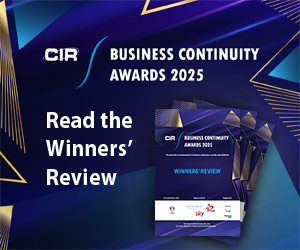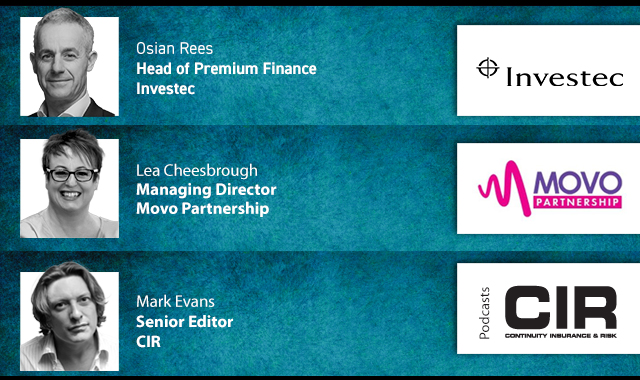As the world’s urban conurbations confront challenges in climate change, public health and shifting demographics, a new report finds that resilience planning can position cities to attract investment.
Arup’s City Competitiveness Redefined tracker outlines a growing relationship between cities with strong plans and action on climate change and resilience, and their potential to attract and retain investment, business and talent. It measures 63 cities against 37 future success indicators – with around a quarter focused on climate action.
As part of its efforts to address the issues, Arup’s newly updated City Resilience Framework shows what action cities can take to meet these challenges.
Arup says a number of chief resilience officers are already implementing the framework in their cities. For example, in Broward County, Miami, the framework has driven a holistic approach to resilience planning. In Penang, it has helped identify the necessary actions to build resilience across the entire Malaysian state. The framework has also been used in Milan, Sydney and Calgary.
Jo da Silva, global sustainable development leader at Arup, said: “Cities have been severely tested over the past 10 years – from a global pandemic, major conflicts, deglobalisation and the ever-intensifying effects of the climate and nature crises.
“Those cities that act now to ensure that resilience is central to their decision making, will be best positioned to thrive in the long term, attracting investment and protecting their people and assets.”
See the next issue of CIR Magazine for more on this initiative.
Printed Copy:
Would you also like to receive CIR Magazine in print?
Data Use:
We will also send you our free daily email newsletters and other relevant communications, which you can opt out of at any time. Thank you.











YOU MIGHT ALSO LIKE